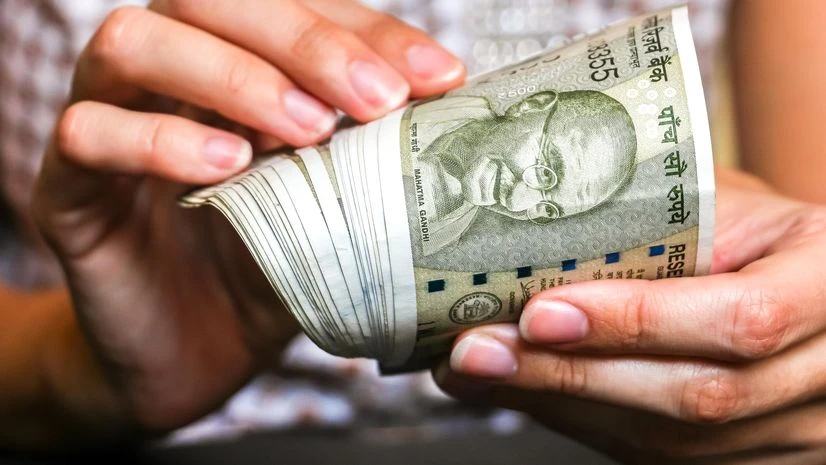In August 2024, the Indian rupee faced challenges, becoming the second-worst performing currency in Asia after the Bangladesh Taka, due to high demand for the US dollar and a drop in investment in Indian equities. The rupee depreciated by 0.2 percent, trading at Rs 83.87 per dollar, nearing its all-time low. Despite this decline, the rupee has shown remarkable stability throughout 2023, experiencing its least volatility in almost 30 years, largely due to effective measures by the Reserve Bank of India. Analysts anticipate the rupee will remain stable for now, supported by potential increases in foreign investments and favorable changes in crude oil prices.
The Indian rupee faced challenges in August 2024, making it the second-worst performing currency in Asia, just behind the Bangladesh Taka. The rupee dropped by 0.2 percent, primarily due to high demand for the US dollar and withdrawals from domestic equity markets. As of Friday, it settled at 83.86 per dollar, approaching its historical low of 83.97.
According to Sonal Badhan, an economist at Bank of Baroda, the rupee’s decline occurred despite a weakening US dollar. The situation was driven by a slowdown in foreign portfolio investments and increased dollar demand from importers. In contrast to other currencies that appreciated against the dollar, the rupee faced depreciation.
This year, the rupee has depreciated by 0.6 percent so far, but it was noted as the third most stable Asian currency against the US dollar in the financial year 2023-24, following the Hong Kong dollar and the Singapore dollar. The Reserve Bank of India’s interventions have played a vital role in maintaining this stability.
Interestingly, during the calendar year 2023, the rupee showed remarkable stability, showcasing the least volatility it has seen in nearly three decades. It experienced only a marginal decline of 0.5 percent against the dollar, much like its performance back in 1994.
Looking ahead, Market analysts expect the rupee to remain range-bound in the short term, even with the potential for improved foreign investment inflows due to an uptick in crude oil prices and favorable changes to the MSCI index. Anil Kumar Bhansali from Finrex Treasury Advisors believes the Reserve Bank of India will likely keep the rupee below the 84 mark until clearer signals emerge from the Federal Reserve regarding interest rates.
Stay tuned as we monitor the rupee’s performance and its implications for the Indian economy.
Tags: Indian Rupee, Currency Performance, US Dollar, Foreign Investment, Economic Stability, Reserve Bank of India, Financial Market News, August 2024.
What does it mean for the Rupee to be the second-worst performing currency against the dollar?
It means that the Rupee lost a lot of value compared to the US dollar, more than most other currencies.
Why is the Rupee’s value dropping against the dollar?
The value can drop for various reasons, such as economic issues, rising inflation, or changes in global markets.
How does a weak Rupee affect everyday people?
A weaker Rupee makes imports more expensive, which can lead to higher prices for goods like food and fuel.
Will the Rupee recover in the future?
It’s hard to predict, but many factors, like government policies and economic conditions, will influence whether the Rupee strengthens.
What can the government do to support the Rupee?
The government can take steps like managing inflation, boosting exports, or attracting foreign investments to help strengthen the Rupee.
)






